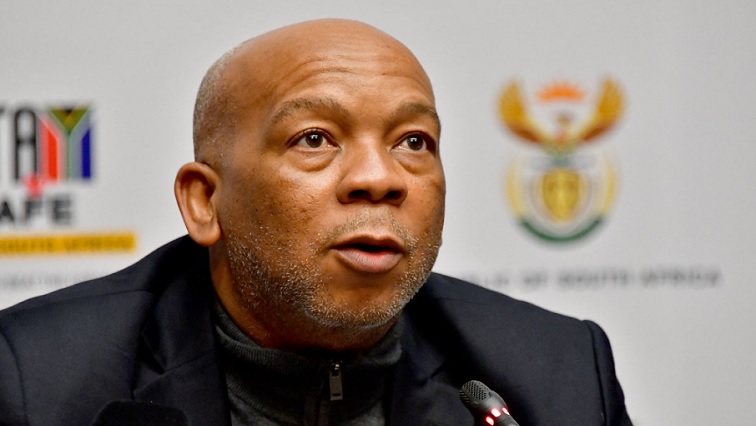The government plans to test five million South Africans annually for Tuberculosis to curb new infections and reduce TB-related deaths.
TB remains one of the leading causes of death globally, despite being curable.
In South Africa, it is the top cause of mortality in men. In 2023 alone, 270,000 new TB cases were recorded, resulting in 56 000 deaths – 54% of those were people living with HIV.
Health Minister Dr Aaron Motsoaledi announced the testing target at a media workshop in Sandton ahead of World TB Day on 24 March, when the End TB campaign will be launched.
TB | Efforts to have five million people tested:
While people living with HIV are 18 times more susceptible to TB, recent trends show increasing infections among HIV-negative individuals. However, many remain undiagnosed due to a rise in asymptomatic cases and unknowingly spreading the disease.
The Department of Health’s Chief Director for TB Control, Professor Norbert Ndjeka, says this is reshaping TB management.
“These people are transmitting the disease. That’s the problem. We picked up that in South Africa, 58% of the people with TB in this study were not showing any symptoms. This is very serious. It changes the whole ratio of – before you test, you must find symptoms. You may have people who are Okay, with no sign of symptoms but transmit the disease. now that is very challenging,” says Ndjeka.
Leading cause of death
Despite TB being the leading cause of death in men, there’s concern over low testing rates among them. To tackle this, the Health Minister says the End TB campaign focuses on detection and treatment, aiming to diagnose 250 000 cases by 2025/26 – testing 5 million people yearly.
“We want to test the whole family. That’s what we are going to do. If one member in this family has tested positive for TB – whether on treatment or not but we know there’s one member – let’s test the whole family. We are further going to test in communities. We know they are vulnerable. And we want to say if you are HIV positive, allow us to test you for TB, because most of the time they go together. We are also going to say anybody who has been treated and cured, we’d like to follow them for six months and another six months,” says Ndjeka.
Ending TB by 2035 | Who are the missing TB patients: Professor Nazir Ismail:
High infection rates are linked to poor healthcare access, limited infrastructure and stigma, often due to TB’s association with HIV.
The World Health Organisation’s Sheenaz El Halabi stresses the need for accessible services.
“We need to close the gap and ensure access to prevention and treatment, bringing services closer to the people, making sure we have facilities that are out there to allow people to access treatment because stigma we know is one of the barriers to treatment or access,” says El Halabi.
Projections show that by testing 5 million people annually, South Africa could reduce new TB infections by 29% and deaths by 41% by 2035.











